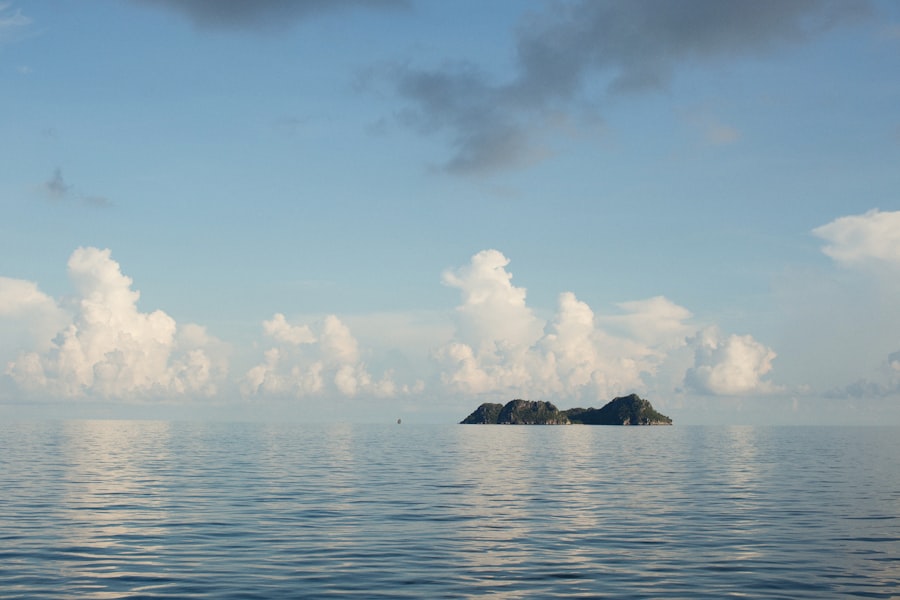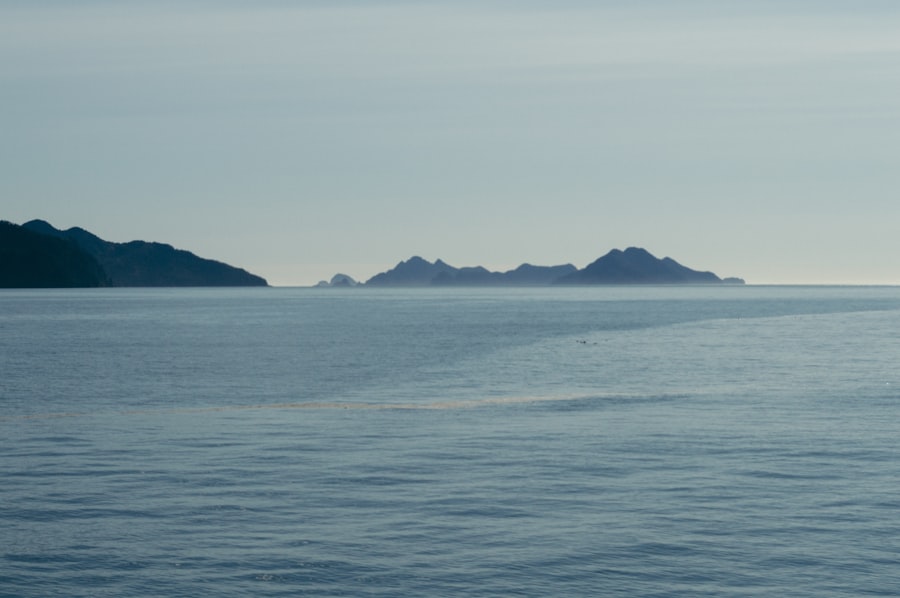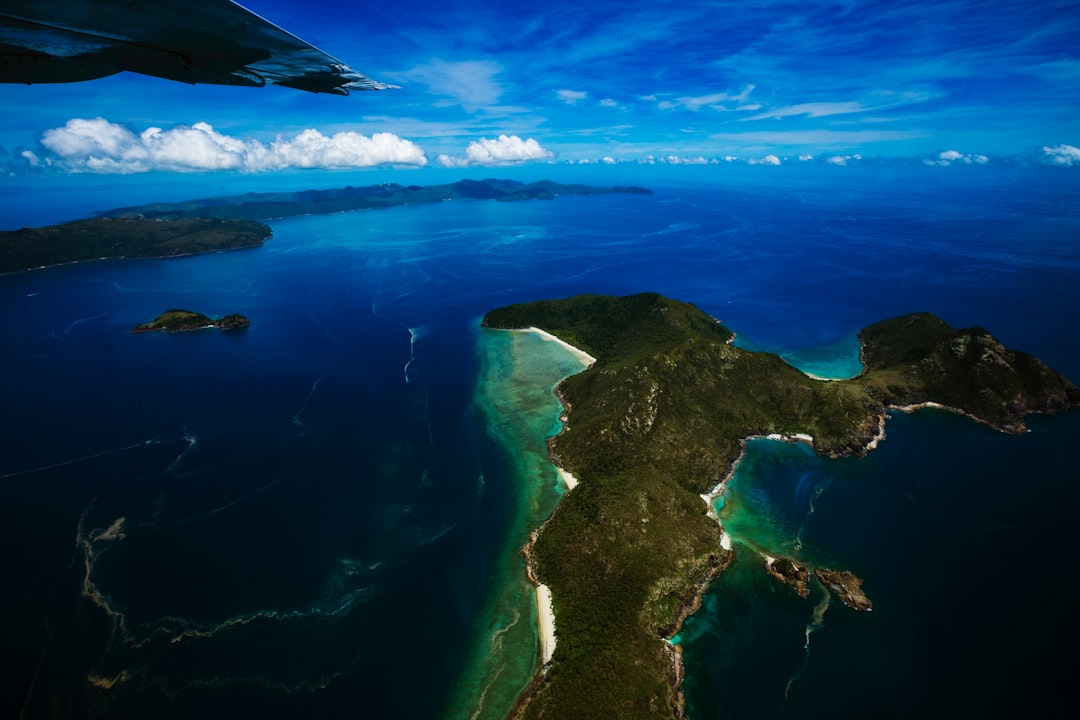The Drake Passage Islands, a collection of remote and rugged landmasses nestled between the southern tip of South America and Antarctica, are a marvel of nature that beckons adventurers and nature enthusiasts alike. This region, characterized by its tumultuous waters and breathtaking landscapes, serves as a gateway to the Antarctic. The islands themselves are often shrouded in mystery and allure, drawing explorers who seek to uncover their secrets.
The Drake Passage, named after the English sea captain Sir Francis Drake, is notorious for its unpredictable weather and challenging sea conditions, yet it is precisely this wildness that adds to the islands’ charm. These islands are not merely geographical features; they are ecosystems teeming with life and history. Each island boasts its own unique characteristics, from towering cliffs and glacial formations to lush vegetation and pristine beaches.
The Drake Passage Islands are a testament to the raw beauty of nature, where the forces of wind and water have sculpted a landscape that is both awe-inspiring and humbling. As one gazes upon these islands, it becomes clear that they are not just a destination but a journey into the heart of the natural world.
Key Takeaways
- The Drake Passage Islands are a remote and unique destination, known for their diverse wildlife and stunning landscapes.
- Visitors to the Drake Passage Islands can expect to encounter a wide variety of wildlife, including penguins, seals, and seabirds.
- The history and culture of the Drake Passage Islands are rich and fascinating, with a mix of indigenous and colonial influences.
- The geology and landscape of the Drake Passage Islands offer a range of opportunities for exploration and adventure, from rugged coastlines to towering mountains.
- Sustainable tourism is a priority in the Drake Passage Islands, with a focus on preserving the natural environment and supporting local communities.
The Unique Wildlife of the Drake Passage Islands
The wildlife of the Drake Passage Islands is as diverse as it is fascinating. The region serves as a critical habitat for numerous species, many of which are endemic to the area. Penguins, seals, and a variety of seabirds thrive in this harsh environment, making it a paradise for wildlife enthusiasts.
The islands are particularly famous for their large populations of Adélie and Gentoo penguins, which can be seen waddling across the rocky shores or diving into the frigid waters in search of food. Observing these charming creatures in their natural habitat is an experience that leaves a lasting impression on visitors. In addition to penguins, the islands are home to several species of seals, including Weddell and leopard seals.
These marine mammals can often be spotted lounging on ice floes or swimming gracefully through the icy waters. Birdwatchers will also find delight in the variety of seabirds that inhabit the region, such as albatrosses and petrels, which soar effortlessly above the waves. The unique wildlife of the Drake Passage Islands not only captivates those who visit but also plays a crucial role in the delicate ecosystem of this remote part of the world.
The History and Culture of the Drake Passage Islands

The history of the Drake Passage Islands is rich and complex, shaped by exploration, scientific research, and the enduring spirit of human curiosity. Early explorers were drawn to these islands in search of new trade routes and territories, often facing treacherous conditions as they navigated the unpredictable waters of the Drake Passage. The legacy of these explorers is still felt today, as their journeys paved the way for future generations to appreciate the beauty and significance of this remote region.
Culturally, the islands have been influenced by various expeditions and research missions over the years. Scientists from around the globe have conducted studies on the unique ecosystems found here, contributing to our understanding of climate change and its impact on polar regions. While there are no permanent human settlements on most of the islands, occasional research stations and temporary camps serve as reminders of humanity’s quest for knowledge in even the most inhospitable environments.
The stories of those who have ventured into this wild frontier continue to inspire awe and respect for the natural world.
Exploring the Geology and Landscape of the Drake Passage Islands
| Island | Geological Features | Landscape |
|---|---|---|
| Livingston Island | Volcanic rocks, sedimentary formations | Glaciers, rugged mountains |
| Deception Island | Caldera, hot springs | Black volcanic beaches, steaming fumaroles |
| King George Island | Granitic rocks, fossilized plants | Tundra, ice-covered mountains |
The geology of the Drake Passage Islands is a fascinating subject that reveals the dynamic processes that have shaped this region over millions of years. The islands are primarily composed of volcanic rock, with some areas featuring dramatic cliffs and rugged terrain formed by ancient glacial activity. This geological history is evident in the stunning landscapes that characterize the islands, where towering mountains meet icy fjords and expansive glaciers flow into the sea.
Visitors to the Drake Passage Islands are often struck by the stark beauty of the landscape. The contrast between the deep blue waters and the white icebergs creates a visual spectacle that is both serene and exhilarating. Hiking trails on some islands offer opportunities to explore this breathtaking scenery up close, allowing adventurers to witness firsthand the power of nature’s forces at work.
Each island presents its own unique geological features, making exploration an exciting endeavor for those eager to learn more about this captivating environment.
Activities and Adventures in the Drake Passage Islands
For those seeking adventure, the Drake Passage Islands offer a plethora of activities that cater to various interests and skill levels. Kayaking through icy waters provides an intimate experience with nature, allowing paddlers to glide silently past towering icebergs and observe wildlife up close. This unique perspective enhances one’s appreciation for the beauty and fragility of this pristine environment.
Hiking is another popular activity on several islands, with trails ranging from easy walks to challenging treks that reward hikers with breathtaking vistas. Guided excursions often include opportunities for wildlife watching, photography, and even camping under the stars in this remote wilderness. For those interested in marine life, snorkeling or diving can reveal an underwater world filled with vibrant ecosystems and fascinating creatures.
The range of activities available ensures that every visitor can find their own way to connect with the magic of the Drake Passage Islands.
Sustainable Tourism in the Drake Passage Islands

As interest in visiting the Drake Passage Islands grows, so too does the importance of sustainable tourism practices. The delicate ecosystems found in this region require careful management to ensure that human activities do not disrupt their natural balance. Tour operators are increasingly adopting eco-friendly practices, such as limiting group sizes, using low-impact transportation methods, and promoting Leave No Trace principles among visitors.
Sustainable tourism not only helps protect the environment but also fosters a deeper understanding of the unique challenges faced by these ecosystems. By educating travelers about conservation efforts and encouraging responsible behavior, tour operators play a vital role in preserving the beauty of the Drake Passage Islands for future generations. This commitment to sustainability allows visitors to enjoy their adventures while also contributing to the protection of this remarkable region.
The Best Time to Visit the Drake Passage Islands
Timing is crucial when planning a visit to the Drake Passage Islands, as weather conditions can vary significantly throughout the year. The austral summer months from November to March are generally considered the best time to explore this region. During this period, temperatures are milder, ranging from just above freezing to around 10 degrees Celsius (50 degrees Fahrenheit), making outdoor activities more enjoyable.
Additionally, summer brings longer daylight hours, providing ample opportunity for exploration and wildlife observation. Visitors during this time can witness penguin chicks hatching and seals giving birth on rocky shores. However, it is essential for travelers to remain flexible in their plans due to unpredictable weather patterns that can change rapidly in this part of the world.
Getting to and Around the Drake Passage Islands
Reaching the Drake Passage Islands requires careful planning due to their remote location.
From Ushuaia, visitors typically embark on an expedition cruise that crosses the Drake Passage itself—a journey known for its rough seas but also for its stunning views.
Once on the islands, transportation options may be limited but often include guided tours or small boats that navigate between different landmasses. Many tour operators provide comprehensive itineraries that include transportation logistics, ensuring that visitors can maximize their time exploring these breathtaking landscapes without unnecessary stress.
Accommodation Options in the Drake Passage Islands
Accommodation options in the Drake Passage Islands are primarily centered around expedition cruises or temporary research stations rather than traditional hotels or lodges. Most visitors choose to stay aboard ships that offer comfortable amenities while providing access to daily excursions on land. These vessels vary in size and luxury levels, catering to different preferences and budgets.
For those interested in a more immersive experience, some tour operators offer camping options on select islands during specific seasons. This unique opportunity allows travelers to sleep under a canopy of stars while being surrounded by nature’s beauty—a truly unforgettable experience for adventurous souls.
Tips for Exploring the Drake Passage Islands
Exploring the Drake Passage Islands requires preparation and an adventurous spirit. Travelers should pack layers of clothing suitable for varying weather conditions, including waterproof gear and sturdy footwear for hiking on rugged terrain. Binoculars are also recommended for wildlife watching, as many animals can be spotted from a distance.
It is essential for visitors to remain respectful of nature during their explorations by adhering to guidelines set forth by tour operators and conservation organizations. This includes maintaining a safe distance from wildlife and minimizing environmental impact during hikes or other activities. By following these tips, travelers can ensure a rewarding experience while contributing positively to the preservation of this extraordinary region.
The Magic of the Drake Passage Islands
The Drake Passage Islands embody a sense of adventure and wonder that captivates all who venture into their realm. From their unique wildlife and rich history to their stunning landscapes and commitment to sustainability, these islands offer an unparalleled experience for those willing to explore their depths. As travelers navigate through this wild frontier, they not only discover breathtaking beauty but also gain insight into the delicate balance between humanity and nature.
In conclusion, visiting the Drake Passage Islands is more than just a trip; it is an opportunity to connect with one of Earth’s last great wildernesses. The magic found within these remote lands leaves an indelible mark on all who experience it—a reminder of nature’s power and beauty that resonates long after one has returned home.
The Drake Passage, a treacherous stretch of water connecting the Atlantic and Pacific Oceans, is renowned for its challenging conditions and the remote islands that dot its expanse. These islands, often shrouded in mystery and intrigue, are a haven for unique wildlife and adventurous explorers. For those interested in learning more about the geographical significance and the adventurous allure of these islands, a related article can be found on MyGeoQuest. This resource provides insights into the natural wonders and the historical context of the Drake Passage islands. To delve deeper into this fascinating topic, you can visit the article on MyGeoQuest by following this link.
WATCH NOW! Drake Passage: Earth’s Deadliest Waters Revealed
FAQs
What are the Drake Passage Islands?
The Drake Passage Islands are a group of islands located in the southern part of the Drake Passage, which is the body of water between South America’s Cape Horn and the South Shetland Islands of Antarctica.
How many islands are there in the Drake Passage?
There are several islands in the Drake Passage, including the South Shetland Islands, the South Orkney Islands, and the South Sandwich Islands. These islands are part of the Antarctic region and are known for their rugged and remote landscapes.
What is the significance of the Drake Passage Islands?
The Drake Passage Islands are significant because they serve as important breeding grounds for various seabirds and marine mammals. They also play a crucial role in the study of Antarctic ecosystems and climate change.
Are the Drake Passage Islands inhabited?
Most of the Drake Passage Islands are uninhabited, with the exception of research stations and scientific outposts. These stations are primarily used for scientific research and monitoring of the surrounding environment.
What is the climate like in the Drake Passage Islands?
The climate in the Drake Passage Islands is typically cold and windy, with temperatures often hovering around freezing. The islands are also prone to strong winds and rough seas, making them a challenging environment for both wildlife and humans.
